Dundalk FC achieved yet another remarkable result for Irish soccer on Thursday night. The County Louth club recorded the first ever victory for a League of Ireland club in the Europa League, beating Maccabi Tel Aviv 1 – 0 in Group D of the competition.
The result is fantastic from a football perspective, and gives the club a realistic chance of qualifying for the knock-out stages in February 2017. The economic windfall is also enormous for a club playing domestic football in Ireland.

In March 2016, League of Ireland sponsors SSE Airtircity announced a total prize fund, for both the Premier Division and First Division, of €475,500 for the current campaign. This was a 50% increase on the previous season. The breakdown of prize money is presented to the right.
Including the Irish Daily Mail FAI Cup, the EA SPORTS Cup and the Fair Play competition, the total prize fund available to League of Ireland clubs during 2016 is €596,500.
Dundalk’s European adventure to date has yielded the following financial return from prize money alone (table below).
With both Dundalk and Cork City likely to finish first and second in the League or Ireland this season, it will be very interesting to compare the €110,000 or €55,000 prize they receive with that of their European success.
Should the financial return from European competition continue to rise, it will have interesting consequences for competition and competitive balance in the League of Ireland next season and the years ahead.

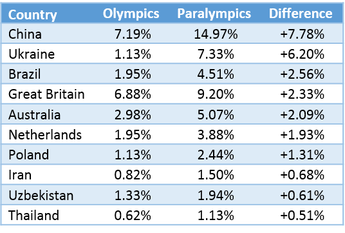
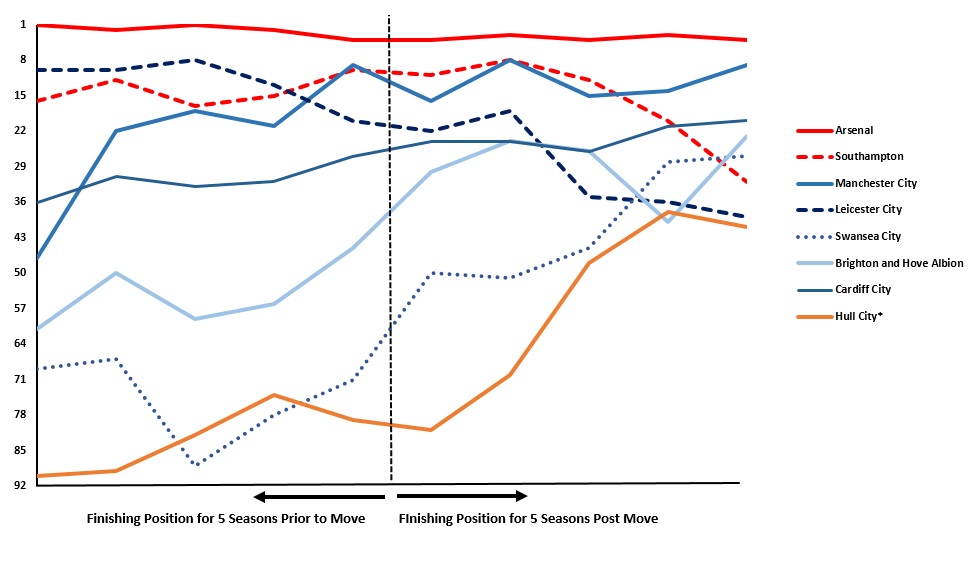
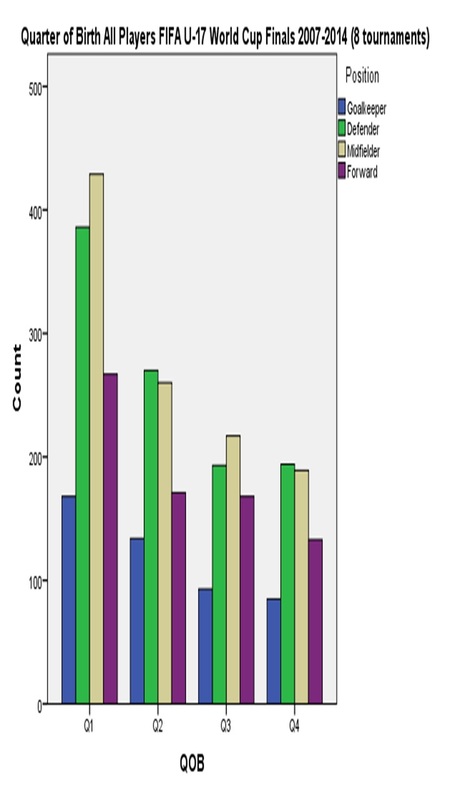
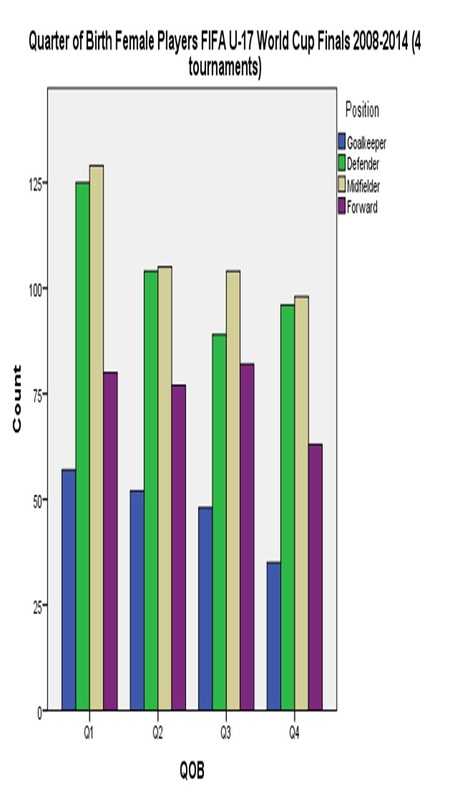
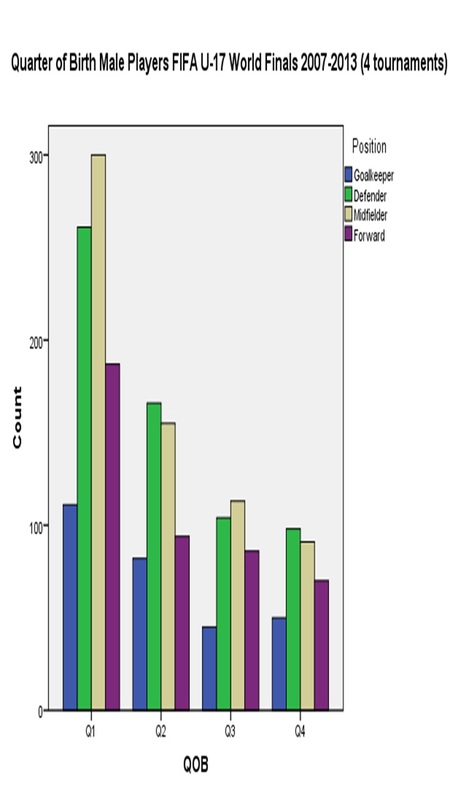
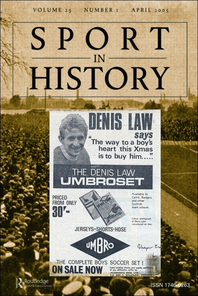
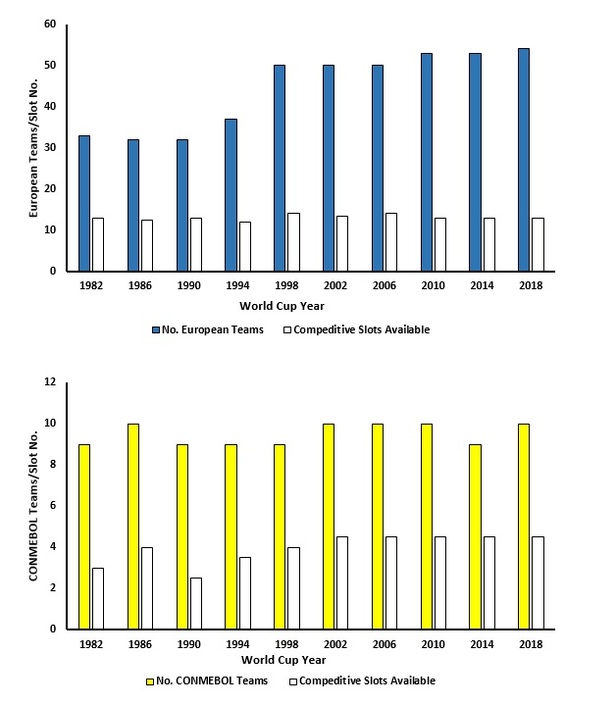
 RSS Feed
RSS Feed